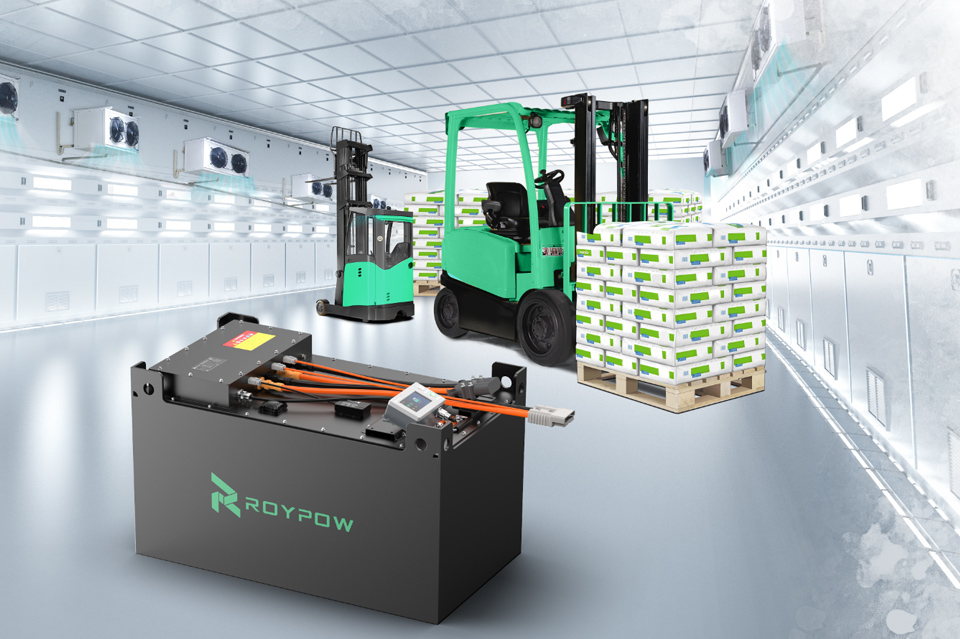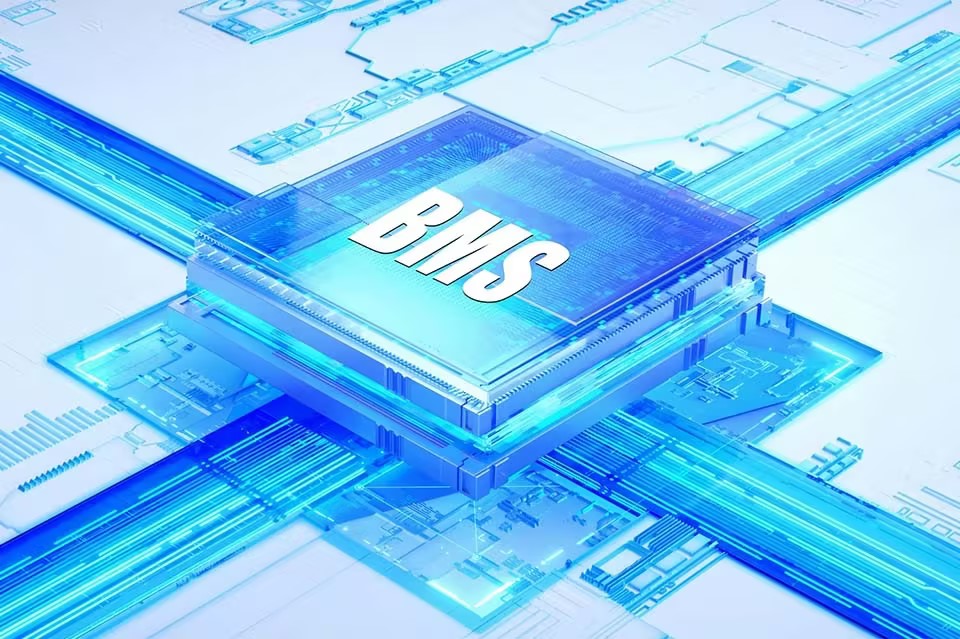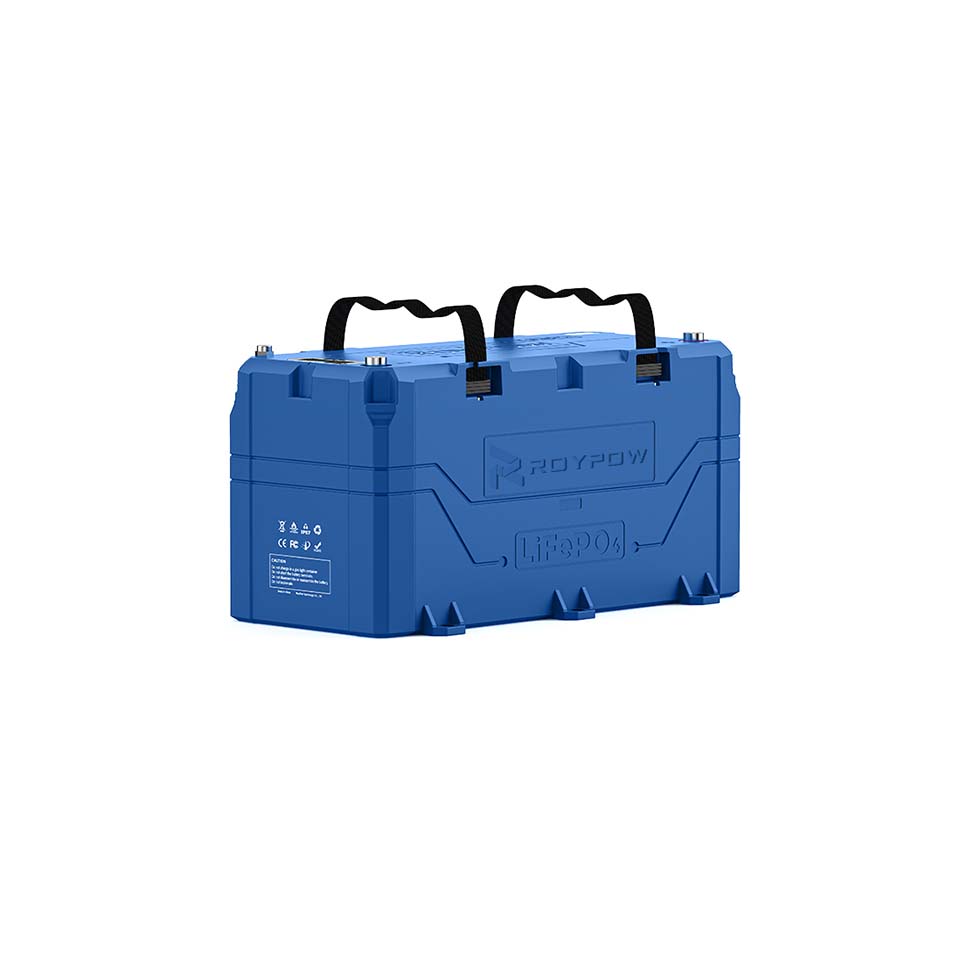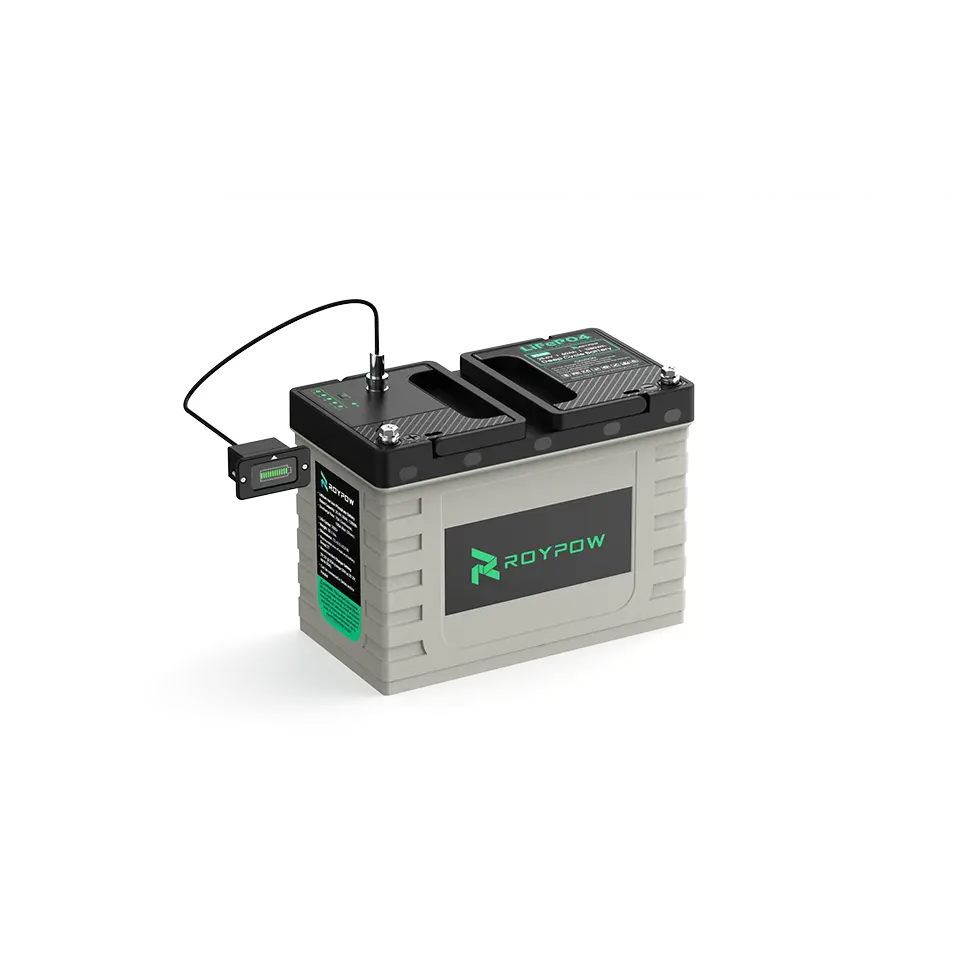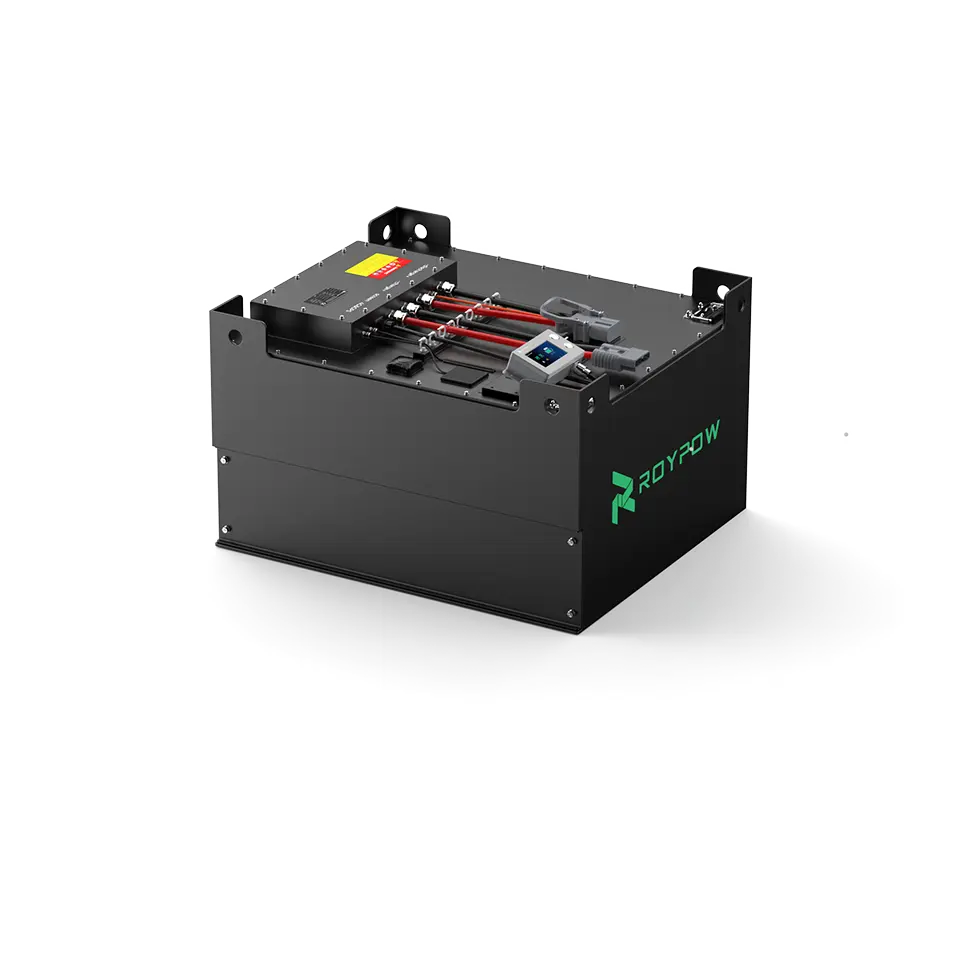The most crucial aspect of charging marine batteries is to use the right type of charger for the right type of battery. The charger you pick must match the battery’s chemistry and voltage. Chargers made for boats will usually be waterproof and permanently mounted for convenience. When using lithium marine batteries, you will need to modify the programming for your existing lead-acid battery charger. It ensures that the charger operates at the correct voltage during the different charging stages.
Marine Battery Charging Methods
There are many ways to charge marine batteries. One of the most common methods is to use a boat’s main engine. When that is off, you can use solar panels. Another less common method is to use wind turbines.
Types of Marine Batteries
There are three distinct types of marine batteries. Each one handles a specific task. They are:
-
Starter Battery
These marine batteries are designed to start the boat’s motor. While they produce a burst of energy, they are not enough to keep the boat running.
-
Deep Cycle Marine Batteries
These marine batteries have a high out, and they have thicker plates. They provide consistent power for the boat, including running appliances such as lights, GPS, and fish finder.
-
Dual-Purpose Batteries
Marine batteries act as both the starter and deep cycle batteries. They can crank the motor and keep it running.
Why You Should Charge Marine Batteries Correctly
Charging marine batteries the wrong way will affect their lifespan. Overcharging lead-acid batteries can ruin them while leaving them uncharged can also degrade them. However, deep-cycle marine batteries are lithium-ion batteries, so they do not suffer from those problems. You can use marine batteries to below 50% capacity without degrading them.
Additionally, they do not need to recharge immediately after using them. However, there are some things to remember when charging deep-cycle marine batteries.
One of the main issues you have to deal with is cycling. You can recharge marine batteries to full capacity numerous times. With these batteries, you can start at full capacity, then go down to as low as 20% of the full capacity, and then back to full charge.
Only charge the deep cycle battery when it is at 50% capacity or less to ensure it lasts long. Constant shallow discharge when it is around 10% below full will affect its lifespan.
Do not worry about the capacity of marine batteries while on water. Drain them of power and recharge them to full capacity when you are back on land.
Use the Correct Deep Cycle Charger
The best charger for marine batteries is the one that comes with the battery. While you can mix and match battery types and chargers, you could place the marine batteries at risk. If the mismatched charger delivers excess voltage, it will damage them. The marine batteries could also show an error code and will not charge. Additionally, using the right charger can help marine batteries charge fast. For instance, Li-ion batteries can handle a higher current. They recharge faster than other battery types, but only when working with the correct charger.
Opt for a smart charger if you have to replace the manufacturer’s charge. Pick chargers designed for lithium batteries. They charge steadily and switch off when the battery reaches full capacity.
Check the Amp/Voltage Rating of the Charger
You must pick a charger that delivers the correct voltage and amps to your marine batteries. For instance, a 12V battery matches with a 12V charger. Besides voltage, check the amps, which are charge currents. They can be 4A, 10A, or even 20A.
Check the marine batteries’ amp hour (Ah) rating when checking for the charger’s amps. If the charger’s amp rating exceeds the battery’s Ah rating, that is the wrong charger. Using such a charger will damage the marine batteries.
Check Ambient Conditions
Extremes in temperatures, both cold and hot, can affect marine batteries. Lithium batteries can operate within a 0-55 degrees Celsius temperature range. However, the optimal charging temperature is above the freezing point. Some marine batteries come with heaters to deal with the issue of below-freezing temperatures. It ensures that they are charged optimally even during deep winter temperatures.
Checklist for Charging Marine Batteries
If you plan to charge deep-cycle marine batteries, here is a short checklist of the most essential steps to follow:
-
1.Pick the right Charger
Always match the charger to the marine batteries’ chemistry, voltage, and amps. Marine battery chargers can be either onboard or portable. Onboard chargers are hooked up to the system, making them convenient. Portable chargers are less expensive and can be used anywhere at any time.
-
2.Pick the Right Time
Pick the right time when temperatures are optimal for charging your marine batteries.
-
3.Clear Debris from the Battery Terminals
Grime on the battery terminals will affect the charging time. Always clean the terminals before you start charging.
-
4.Connect the Charger
Connect the red cable to the red terminals and the black cable to the black terminal. Once the connections are stable, plug in the charger and switch it on. If you have a smart charger, it will switch itself off when the marine batteries are full. For other chargers, you must time the charging and disconnect it when the batteries are full.
-
5.Disconnect and Store the Charger
Once the marine batteries are full, unplug them first. Proceed to disconnect the black cable first and then the red cable.
Summary
Charging marine batteries is a relatively simple process. However, be mindful of any safety measures when dealing with the cables and connectors. Always check that the connections are secure before turning on the power.
Related article:
Are Lithium Phosphate Batteries Better Than Ternary Lithium Batteries?
What Size Battery for Trolling Motor



